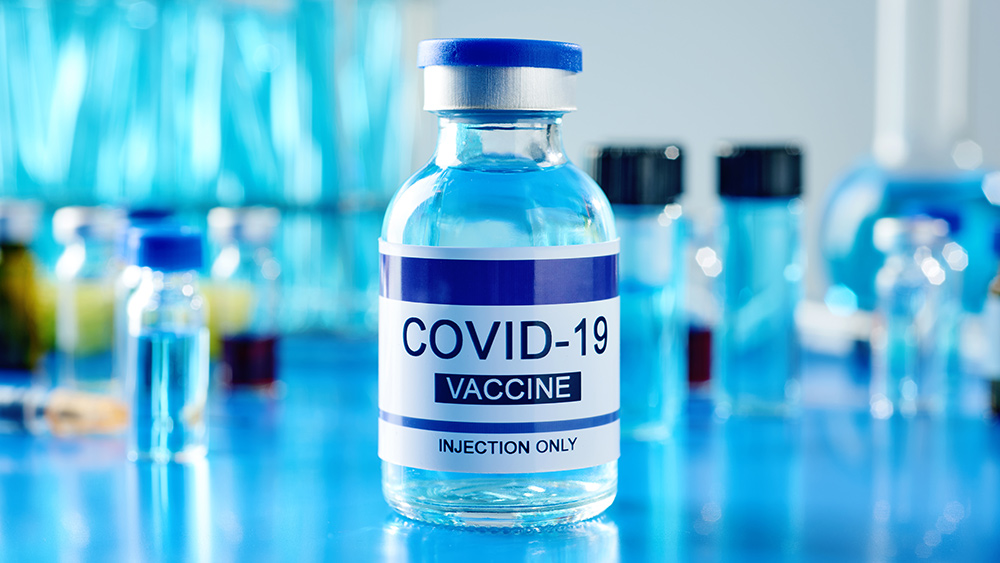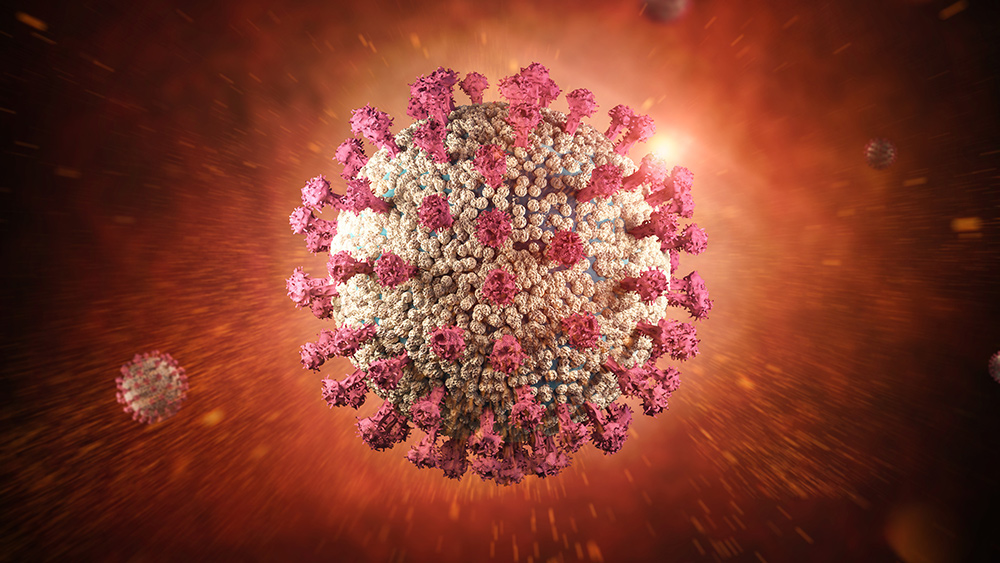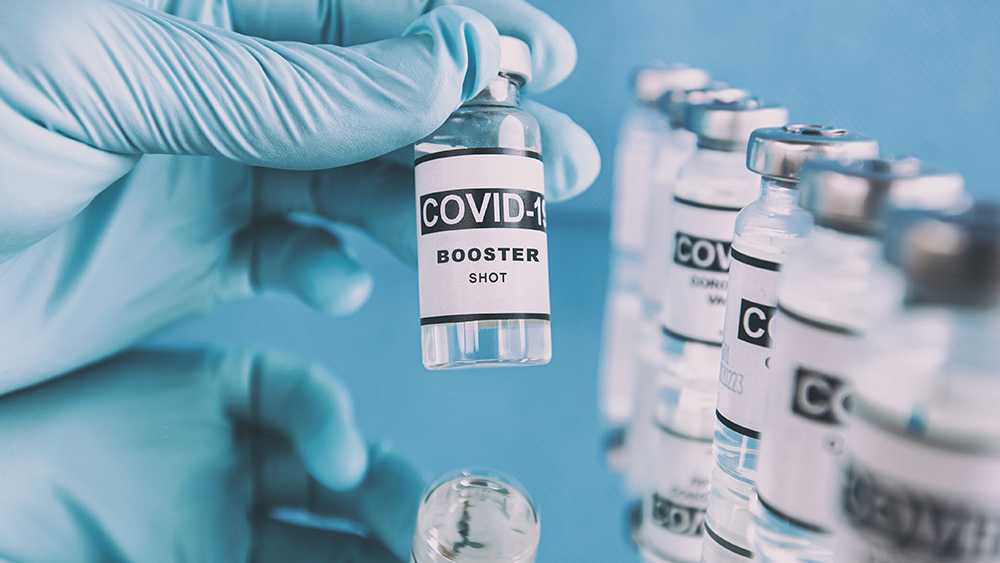Fight bacteria with this sweet superfood: 5 Incredible facts about honey
10/26/2020 / By Divina Ramirez

Honey is one of the most valued natural products humans have been consuming since ancient times. But more than a source of nourishment, honey also doubles as a natural medicine for treating a host of health conditions, ranging from bacterial infections to cancer.
Honey is primarily composed of fructose and glucose. But it has also been reported to contain hundreds of beneficial substances. These include amino acids, minerals, enzymes, ascorbic acid, phenolic acids (ellagic, caffeic and p-coumaric acids) and flavonoids (apigenin, kaempferol and quercetin).
Together, these components contribute to honey’s therapeutic effects and medicinal applications, which have been extensively studied by researchers. Here are some of the amazing things honey can do, according to science:
Honey feeds the beneficial bacteria in the gut
Substituting honey for sugar benefits gut health. This is because honey feeds the trillions of bacteria that reside in the gut, thanks to its prebiotic components.
In the long run, regular consumption of honey helps promote the healthy balance of good and bad bacteria in the gut — a balance that’s necessary for good overall health.
In fact, recent studies have found that honey can increase populations of Bifidobacteria in the gut. These bacteria help digest dietary fiber and protect against gastrointestinal infections. (Related: Healthy, anti-inflammatory gut bacteria is actually key to averting the start of cancer.)
Honey fights disease- and infection-causing bacteria
Natural healers often use honey to treat bacterial infections. In fact, the Ancient Egyptians used honey as a topical ointment to treat skin infections.
Since then, scientists have found that honey has protective effects against some 60 different species of harmful bacteria. These include Staphylococcus aureus, Streptococcus faecalis, Shigella dysenteriae and Escherichia coli.
Researchers attribute honey’s potent antibacterial properties to its phenolic compounds and high sugar content. Nectar, pollen and propolis — a resinous mixture that bees also produce — are also thought to contribute to honey’s antibacterial properties.
Dark-colored honey are the best honey for treating infections because of their high antibacterial activity. Some examples of dark-colored honey include chestnut honey, manuka honey and heather honey.
Honey aids in the prevention and treatment of oral problems
On top of preventing gastric and skin infections, honey can also fight infection-causing oral pathogens that form dental plaque, a soft biofilm that builds on the surface of the teeth due to poor oral hygiene.
Studies show that honey is particularly effective against biofilms formed by S. aureus and Pseudomonas aeruginosa. Meanwhile, manuka honey appears to be the most effective honey for killing plaque-causing oral bacteria.
Honey has potent anti-viral effects against herpes
In addition to its antibacterial effects, honey has also demonstrated promising antiviral effects. In fact, a 2004 study found that topical application of honey is a safe and effective treatment for lesions caused by the herpes virus.
Regular topical application of honey has also been found to stop both labial and genital herpes from recurring better than acyclovir cream, a prescription medicine used to treat cold sores.
Honey confers gastroprotective effects
More than boosting digestion and feeding beneficial gut bacteria, honey helps protect the gastrointestinal tract from ulcers. Ulcers can occur if digestive juices damage the lining of the stomach or small intestine.
But in some cases, the bacterium called Helicobacter pylori can also cause gastroduodenal ulcers. In vitro experiments have demonstrated that honey has antimicrobial activity against H. pylori.
Multiple studies provide ample evidence of honey’s therapeutic effects. To experience its many health benefits, make honey a regular part of your diet.
Read more articles about honey and other medicinal foods at FoodIsMedicine.com.
Sources include:
Submit a correction >>
Tagged Under:
alternative medicine, digestive health, disease treatments, food cures, food is medicine, functional food, honey, natural cures, natural medicine, oral health, prevention, remedies
This article may contain statements that reflect the opinion of the author
RECENT NEWS & ARTICLES
Infections.News is a fact-based public education website published by Infections News Features, LLC.
All content copyright © 2018 by Infections News Features, LLC.
Contact Us with Tips or Corrections
All trademarks, registered trademarks and servicemarks mentioned on this site are the property of their respective owners.





















